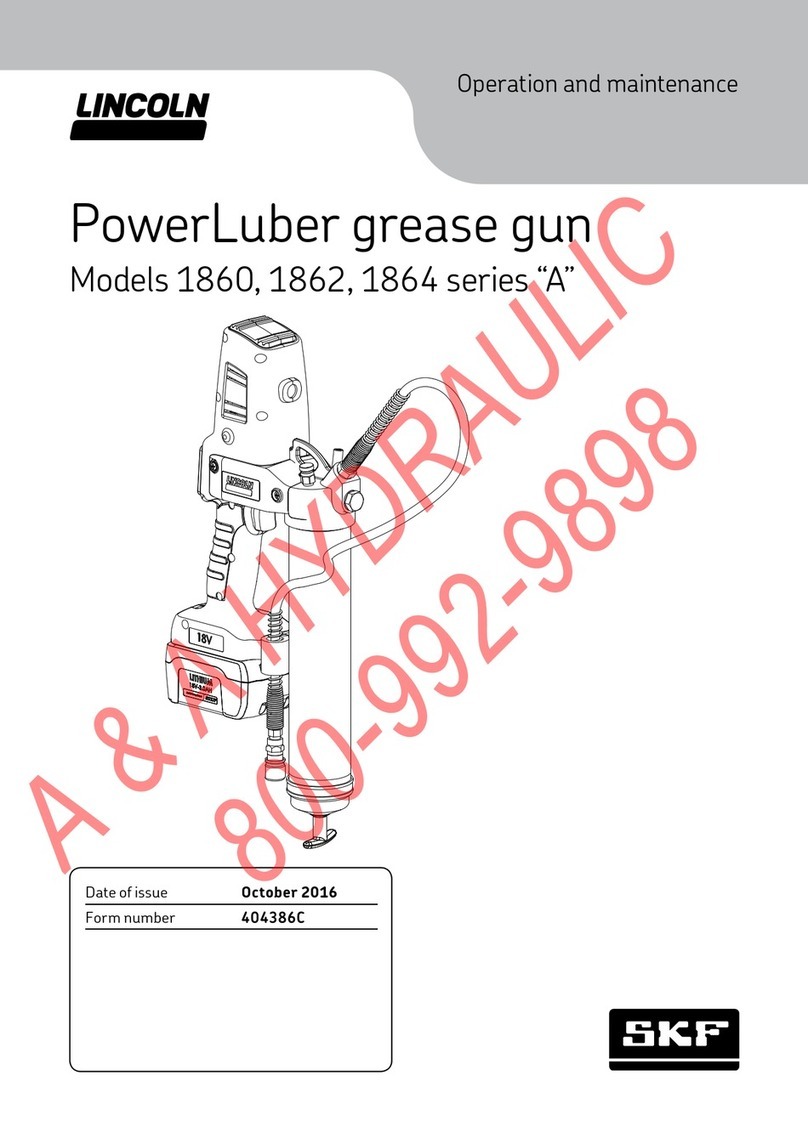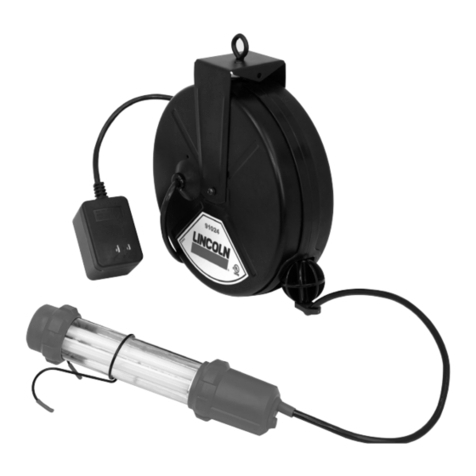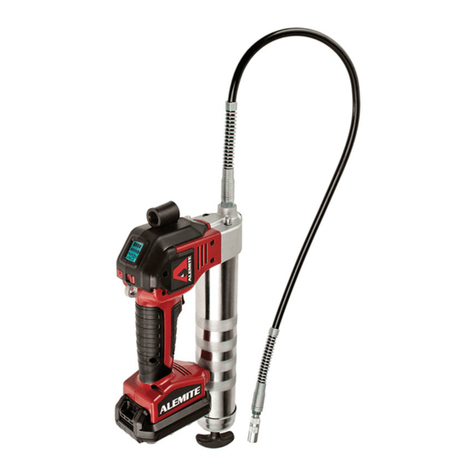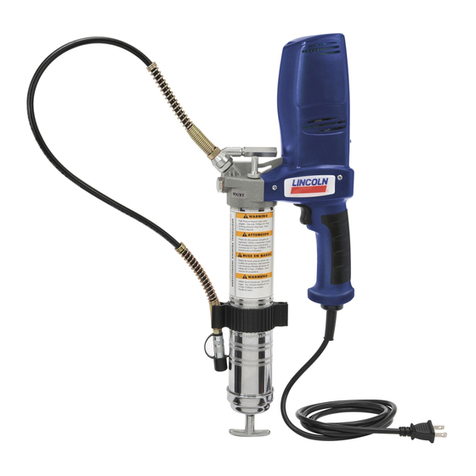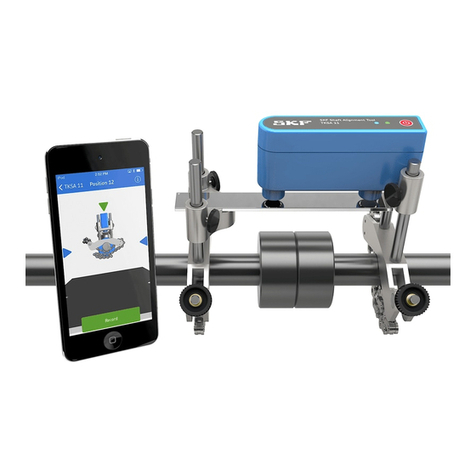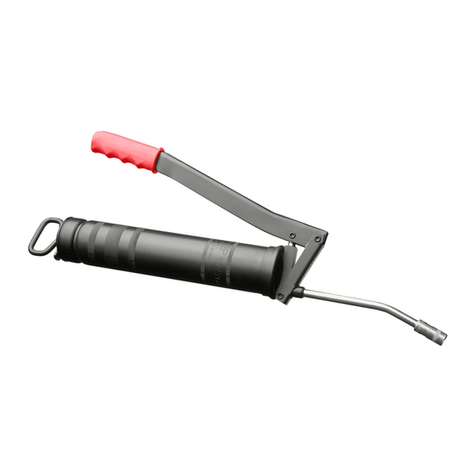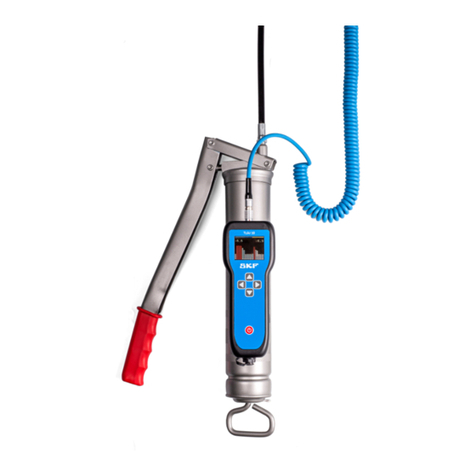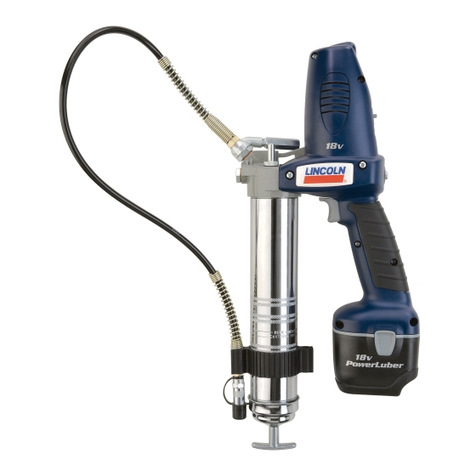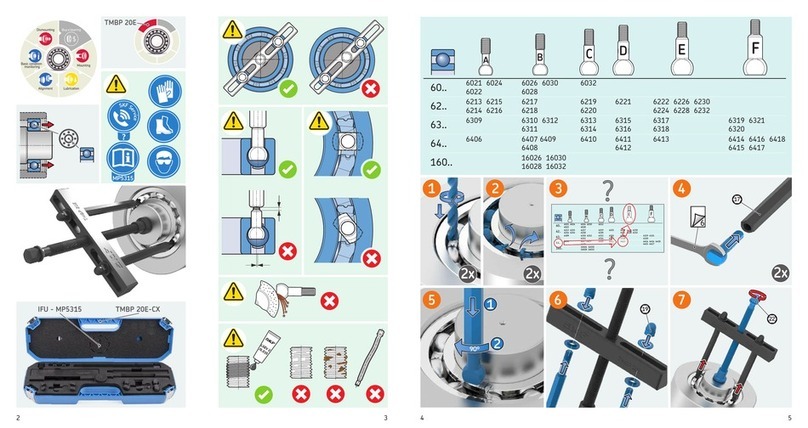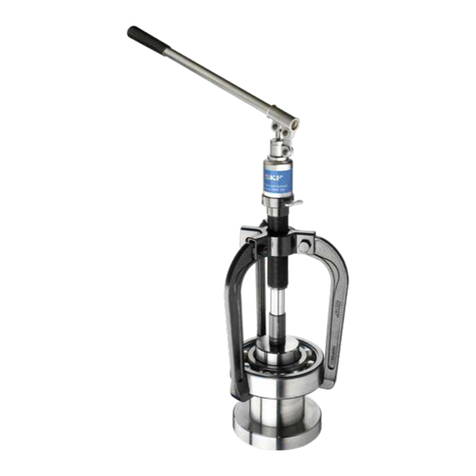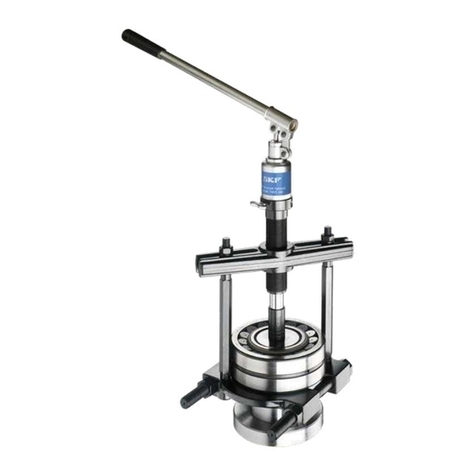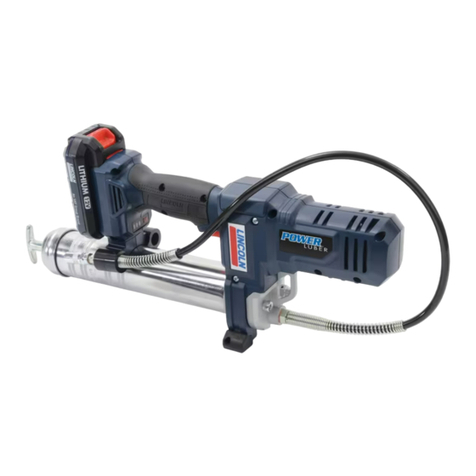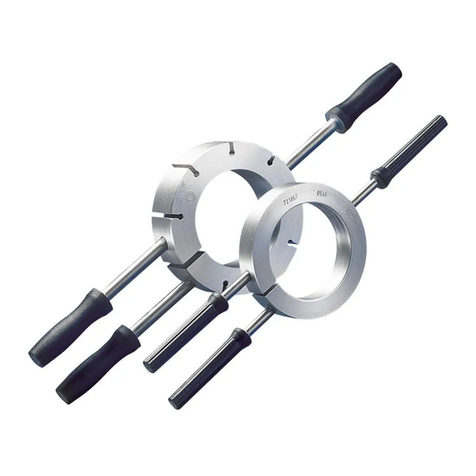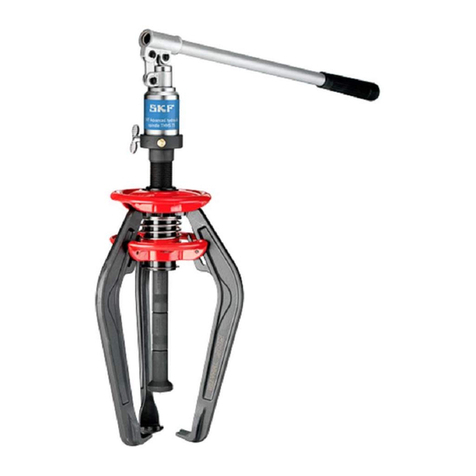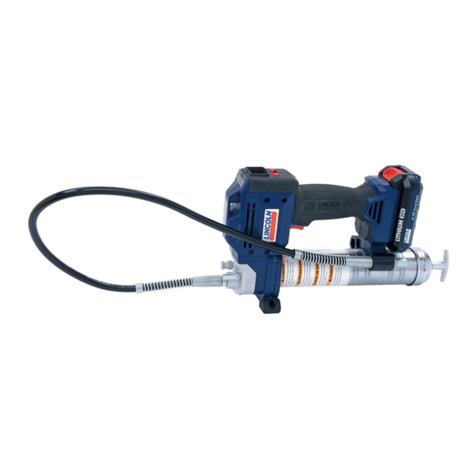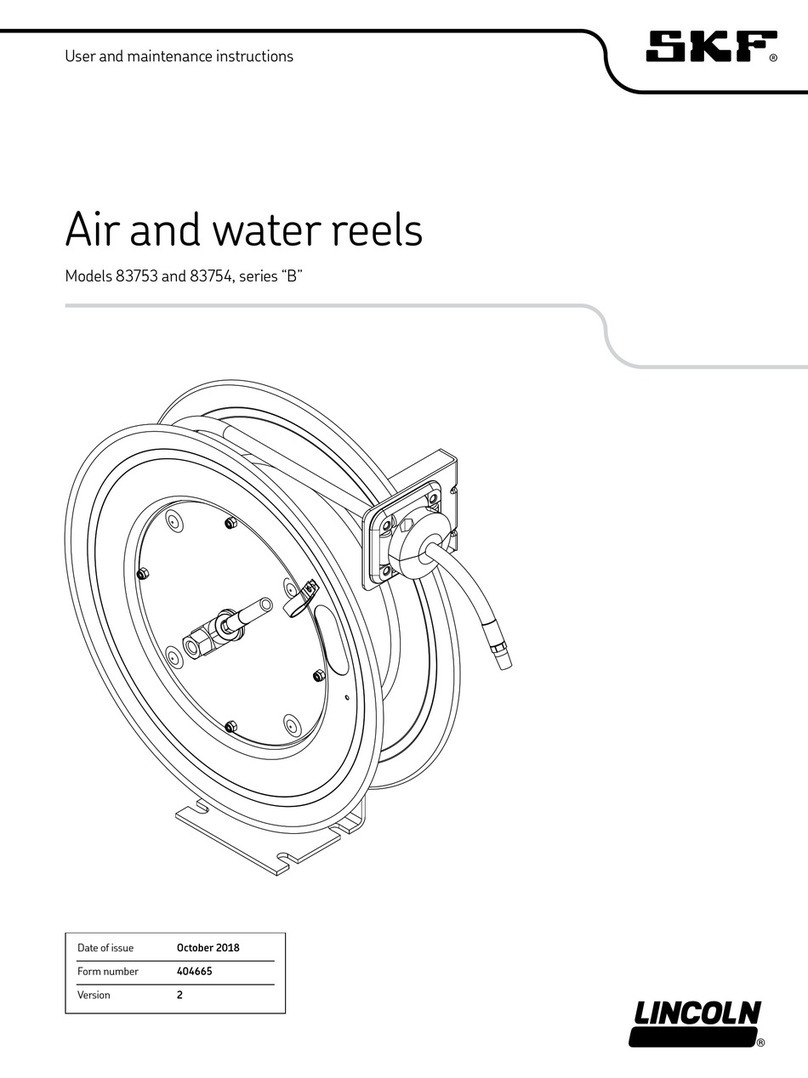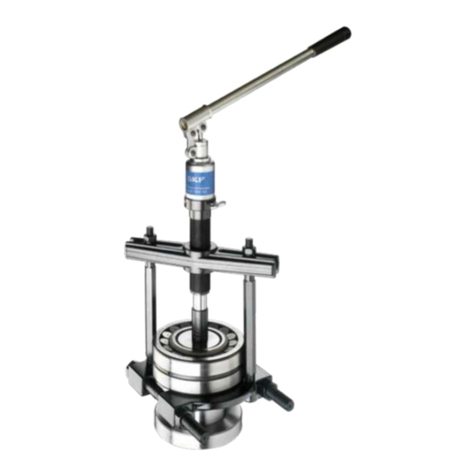4SKF TKBA 10 & 20
EC Declaration of conformity
We,
SKF Maintenance Products
Kelvinbaan 16
3439 MT Nieuwegein
The Netherlands
herewith declare that the following products:
SKF Belt Alignment Tool
TKBA 10 and TKBA 20
has been designed and manufactured in accordance with:
EMC DIRECTIVE 2004/108/EC as outlined in the harmonized norm for
EN 61000-6-2:2005 - Immunity for Industrial Environments,
IEC 61000-4-2:2001, IEC 61000-4-3:2008, IEC 61000-4-8:2001
EN 61000-6-3:2007 - Emission Standard for Residential, Commercial
and light Industrial Environments,
CISPR 16-1-4:2012, CISPR 16-2-3:2010,
CISPR 16-1-1:2010, CISPR 16-1-5:2012
The laser is classified in accordance with the
USA FDA Standard 21 CFR, Ch 1, Part 1040.10 and 1040.11
EUROPEAN ROHS DIRECTIVE 2011/65/EU
Nieuwegein, The Netherlands,
October 2013
Sébastien David
Manager Product Development and Quality
